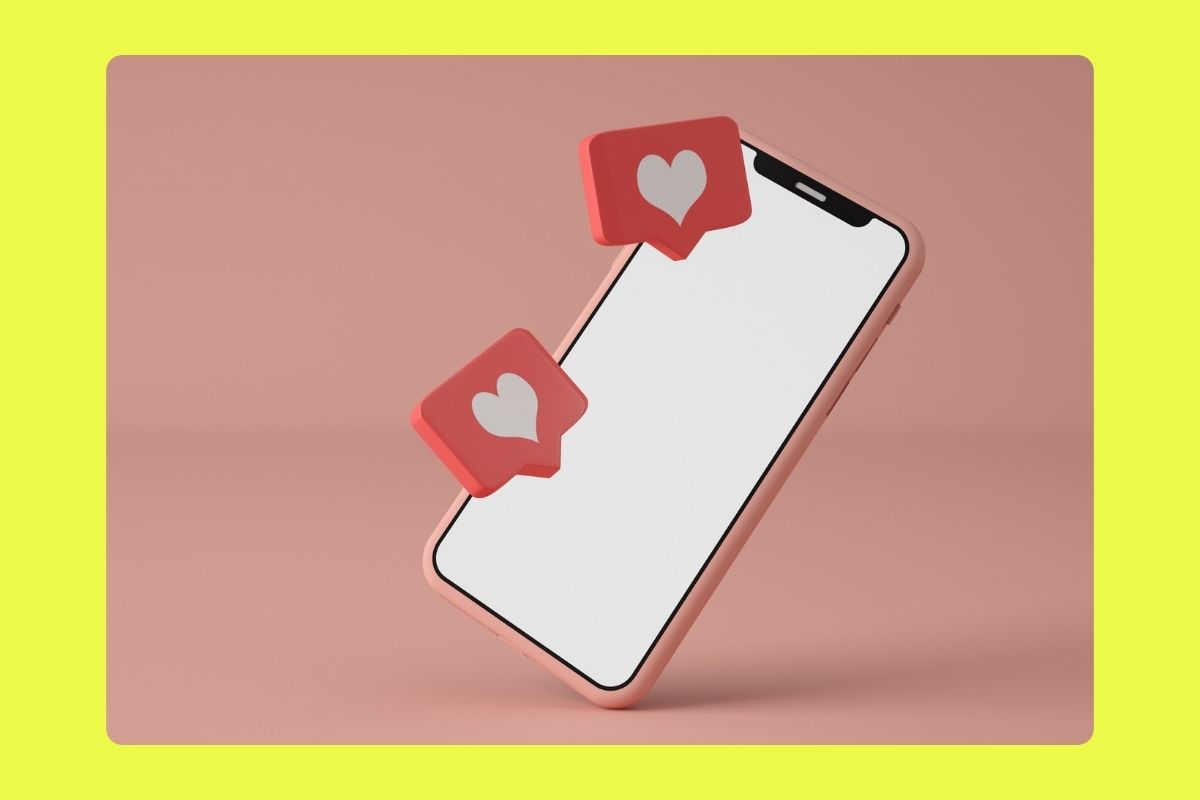The next wave of marketing is here. It’s not search engine optimization, video, social media… it’s word-of-mouth marketing.
Successful marketers, particularly in the online and digital sectors, are taking a step back and getting back to basics. A brand that did this flawlessly is Spotify.
Before we talk about this marketing method, let’s examine why this approach is so powerful.
Why should I care about word-of-mouth marketing?
In the 90’s it was about salesmen pushing products to uneducated consumers. They created trust between the consumer and salesman because the salesman knew everything about the product or service they are selling.
In the 2000’s, the internet and marketing closed the gap between consumers and salespeople. It became about leveraging creative content and analytics to drive conversions. Consumer’s had the power of the internet to learn about a product. So the trust in salesman faded…
Today, marketing fills the internet with spam, generic content, busy social feeds, endless amounts of email marketing and invasive advertising. As powerful as the internet is in connecting brands with consumers, it is also desert were marketing campaigns just decay. We lost trust in salespeople, and now we are losing trust in what we see online produced by brands.
Why? Here are reasons I think consumers are losing trust in brands online:
- Facebook – What are they doing with our data? Are they manipulating us to profit? Are brands doing the same?
- Content Online – The earth is flat. I don’t believe the earth is flat, but if I look hard enough online, I can validate this theory through blog content, forums, Reddit or Quora question. It’s so easy to publish content, but who is publishing this content? What credentials do they have?
- Online Reviews – these are easy to manipulate. If I told you, I will give you 50% off for a review, would you give me a bad rating? Or let’s say you get a bad product, you complain to the vendor and they’ll even let you keep the product and send you a new one as long as you don’t leave a bad review. Can you really trust reviews online? Maybe…
I strongly believe the next frontier is Word-of-Mouth Marketing or let’s call it Word-of-Mouth Enablement and it’s here to stay.
By developing a Word-of-Mouth Enablement program, your delighted customers become your greatest marketing tool. If you “wow” your customers and users, they are more likely to organically (although incentives always help) spread the good word to their friends, families, and followers because trust is already created.
Now let’s examine Spotify’s successful campaign
Spotify launched their 2018 edition of “Spotify Wrapped”.
Spotify Wrapped is a micro-site built by the music streaming platform that pulls in all of your Spotify listening data from 2018 and runs a statistical analysis.
It displays data such how much time you spent listening to music, and top artists, songs, genres, and can even show you the top astrological sign of artists you listen to (because we all want to know that info, right?).
It may seem simple, but it’s brilliant
When I was first introduced to this through an email, I quickly overlooked it. Then something magical happened on my Instagram feed, I saw all my friends sharing their stat sheets.
 Naturally, I was curious to see my data. The process was seamless, and I received my numbers…I found out I spent 30 full days listening to music in 2018.
Naturally, I was curious to see my data. The process was seamless, and I received my numbers…I found out I spent 30 full days listening to music in 2018.

At the final stage of Spotify Wrapped process, they encourage fans to share their so-called “stat sheet” across various social channels with a neat little social graphic that was uniquely created for us. Everyday users are doing this and are more or less giving Spotify free publicity.
…and lots of Spotify fans are actively doing it.
Here is where this strategy really excels
Imagine you are a musician on Spotify. Wouldn’t you like to know how many hours people listened to your music? Or, would you like to thank you fans on social media? Or just to show off.
Well, Spotify struck a chord with musicians (all puns intended). Artists can generate their own reports, and put together a similar social graphic that displays their number of streams, fans, hours listened, and countries where their music was played.
Here’s one of my favorite artists – Kygo

Here’s another one by Zedd

What this strategy has successfully accomplished is getting their active users and artists to all be sharing their Spotify stats. This is getting their branding out in front of literally millions of followers who may not be active Spotify users.
Power to the People
Delighted customers are the biggest new driver of growth, according to CEO and co-founder of HubSpot, Brian Halligan, in a recent Harvard Business Review article.
This was an effective “frictionless” campaign run by Spotify, meaning it was simple for consumers to run the listening analysis and share to their pages.
Have you seen any noteworthy word-of-mouth campaigns recently? Let us know in the comments!
